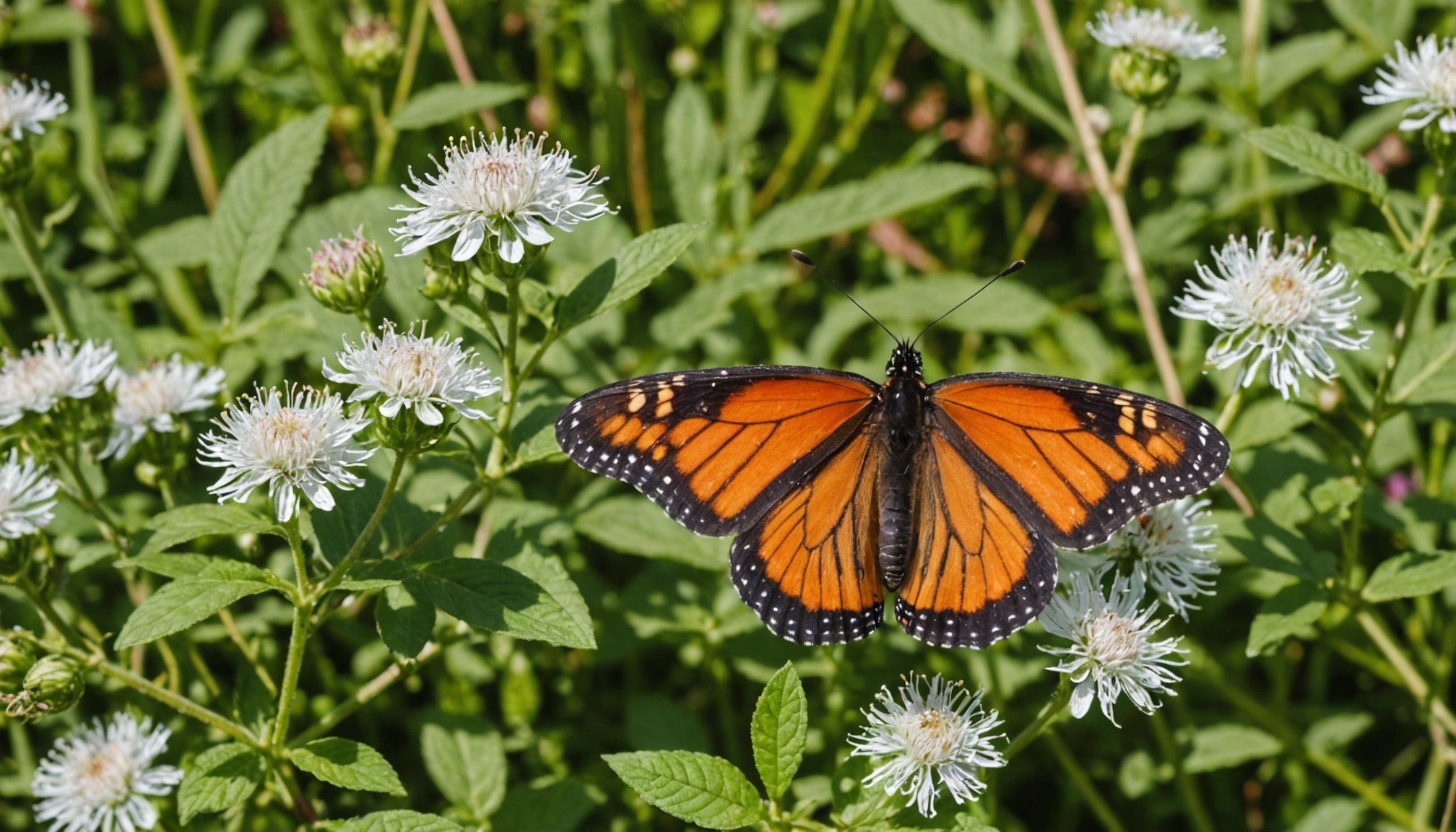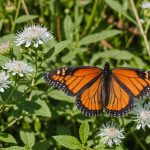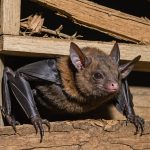Introduction to Butterfly Friendly Gardens
Butterflies play an essential role in ecosystems, acting as pollinators and as part of the food chain. Their presence indicates a healthy environment, and they contribute to natural processes like plant reproduction. In regions such as the UK, cultivating gardens that cater to native butterfly populations can help maintain ecological balance.
Gardens, whether urban or rural, offer a unique opportunity to support these delicate creatures. By choosing must-have plants for UK gardens, gardeners can provide nourishing habitats that encourage butterfly visits and aiding their survival. Such plants might include Buddleia, also known as the butterfly bush, which is celebrated for its nectar-rich flowers that draw various butterfly species.
A lire aussi : Unraveling the uk”s game plan: tracking and preventing wildlife disease transmission from pets to nature
Implementing biodiversity in gardening practices not only enhances the aesthetic appeal but also promotes a thriving mini-ecosystem. Diverse planting schemes can attract a variety of wildlife, ensuring that the garden supports caterpillars as well as adult butterflies. The inclusion of host plants, where butterflies lay their eggs, is crucial for the life cycle of these insects.
By integrating specific must-have plants and fostering biodiversity, gardeners can transform their spaces into sanctuaries for butterflies, enriching the environment and promoting ecological health. This thoughtful approach to gardening not only supports nature but also brings a sense of gratification to those tending the garden.
Dans le meme genre : Essential strategies for creating bat-friendly environments in rural uk: unveiling expert best practices
Top Must-Have Plants for Attracting Butterflies
Adding essential butterfly-attracting plants to your garden can greatly enhance its beauty and ecological value. Butterflies are attracted to plants offering ample nectar and suitable conditions for feeding and reproduction.
Buddleja (Butterfly Bush)
Buddleja, or the Butterfly Bush, is a standout in attracting butterflies. Known for its tall, arching branches and vibrant flower clusters, it provides nectar-rich flowers that are irresistible to numerous butterfly species. Typically blooming from summer to early autumn, its flowers provide a concentrated nectar source essential for butterfly sustenance.
Planting Buddleja requires well-drained soils and a sunny location for optimal growth. To maintain the plant’s vibrancy, regular pruning after flowering is recommended, which also encourages a fuller shape. While it can tolerate various conditions, it’s important to avoid waterlogged soils which can damage the roots.
By incorporating the Butterfly Bush into your garden, you not only enjoy its striking beauty but also play a part in bolstering butterfly populations. Its ease of maintenance and high butterfly-friendly rating make it a must-have for any enthusiast looking to create a welcoming environment for these delicate creatures.
Supporting Native Butterfly Habitats
In preserving butterfly habitats, it’s crucial to understand the ecological contributions of butterfly plants. These plants play significant roles in supporting the life cycles of butterflies. Caterpillars, for example, prefer specific plants for nourishment, which later support butterfly metamorphosis into adulthood. Some plants supply nectar vital for adult butterflies. Selecting these plants meticulously is key to fostering a thriving ecosystem.
Native species of plants are particularly important in these habitats. Unlike non-native alternatives, native plants have evolved alongside local butterfly species. They provide natural food sources and safe breeding grounds, making them irreplaceable contributors to the butterflies’ life cycles. For instance, milkweed is well-known for supporting monarchs.
Creating a sustainable garden ecosystem involves introducing a mix of native plants that cater to various stages of the butterflies’ life cycle. This entails choosing plants that bloom at different times, ensuring food sources are available throughout the season. Gardens should also consider shelter elements, like shrubs and trees, that offer protection against predators and harsh weather.
Incorporating these ecological strategies not only supports butterflies but also enhances biodiversity in your garden by attracting other beneficial insects and wildlife. This creates a balanced, sustainable ecosystem that can be enjoyed year after year.
Planting Tips for Butterfly Gardens
Creating a butterfly-friendly garden requires understanding the best practices that encourage these delicate creatures to visit. Let’s delve into the essentials for optimising your butterfly haven.
Siting and Arrangement
Butterflies thrive in sunny and sheltered environments. Positioning your garden in an area that receives ample sunlight while providing wind protection is crucial. This setup not only attracts butterflies but also promotes vibrant blooms, creating a visually appealing space. Grouping plants effectively aids in pollination. Ensure that plants are clustered by species and colours to facilitate easier access for butterflies, enhancing pollination efficiency. Designing a diverse planting layout with varying heights and colours ensures butterflies can find nectar and host plants easily, contributing to a balanced ecosystem.
Soil and Water Management
Proper soil preparation is key to robust plant growth. Incorporate organic amendments such as compost to enrich the soil with necessary nutrients. Watering practices play a pivotal role in attracting butterflies – opt for shallow dishes filled with water and pebbles to provide a safe drinking spot. By adding mulch, you not only conserve moisture but also support ecological balance, promoting soil health and attracting a variety of beneficial garden creatures.
Conclusion and Next Steps
Encouraging biodiversity in gardens can be a deeply rewarding pursuit, benefiting both the environment and personal well-being. One marvellous way to support biodiversity is by starting a butterfly garden. These gardens provide essential habitats for butterflies, offering a sanctuary where they can feed and breed. Butterflies are not just beautiful; they are vital pollinators, helping maintain the ecological balance.
To get started with your butterfly garden, consider creating a space with a variety of nectar-rich flowers to attract different butterfly species. Position plants to allow for sunlight, as butterflies thrive in sunny environments. Incorporating host plants—specific plants where butterflies lay eggs—will enhance your garden’s biodiversity and contribute to the life cycle of butterflies.
For further exploration and learning, numerous resources are available. Books, online articles, and local garden centres often provide valuable guidance on plant selection and garden design. Moreover, engaging in community initiatives can provide support and camaraderie as you cultivate your butterfly haven. Many communities have projects focused on protecting and enhancing butterfly habitats, offering a platform to exchange ideas and collaborate with like-minded individuals.
Starting a butterfly garden is not only an invitation to nature but also a personal step toward preserving our planet’s incredible diversity.










